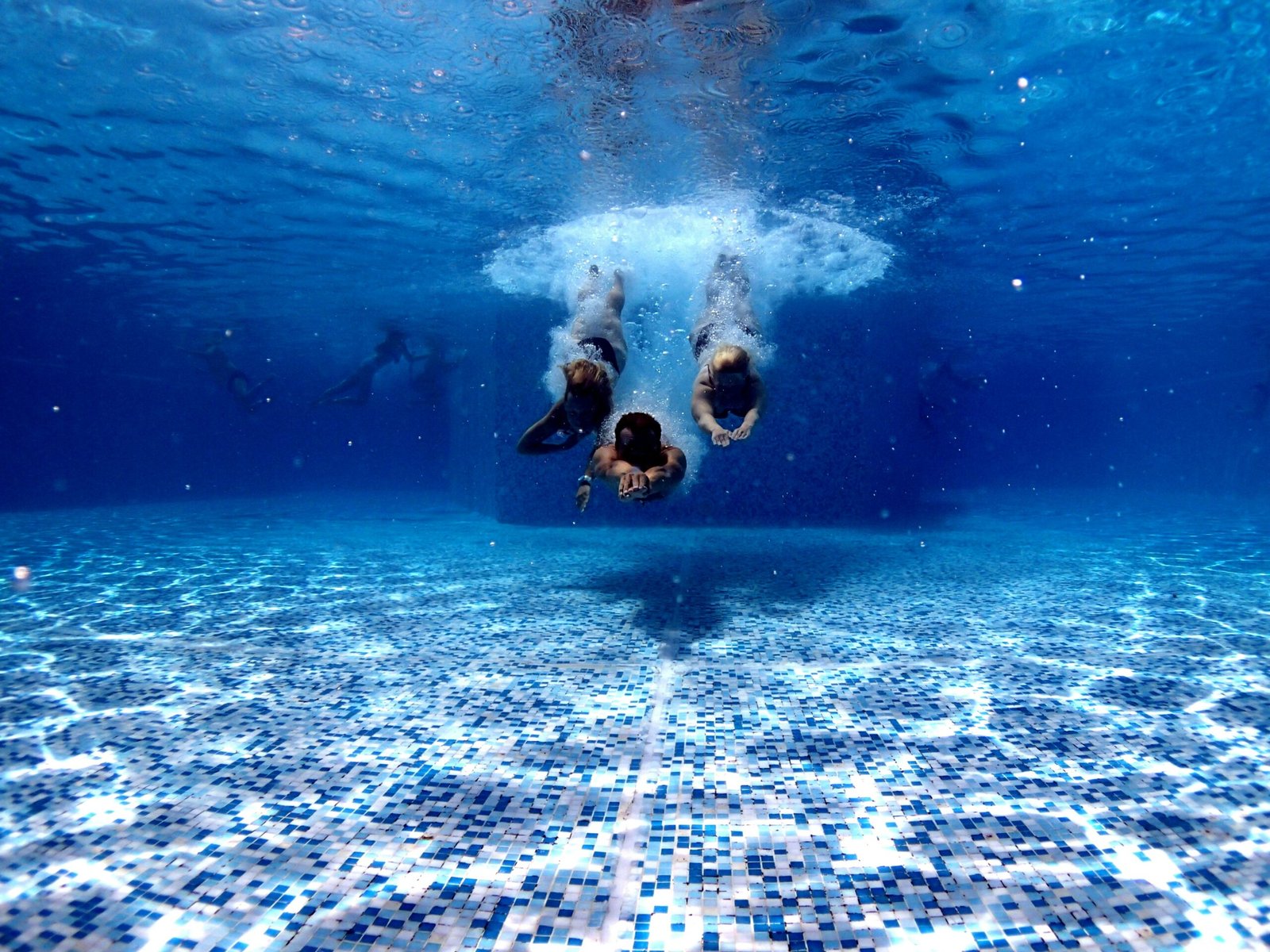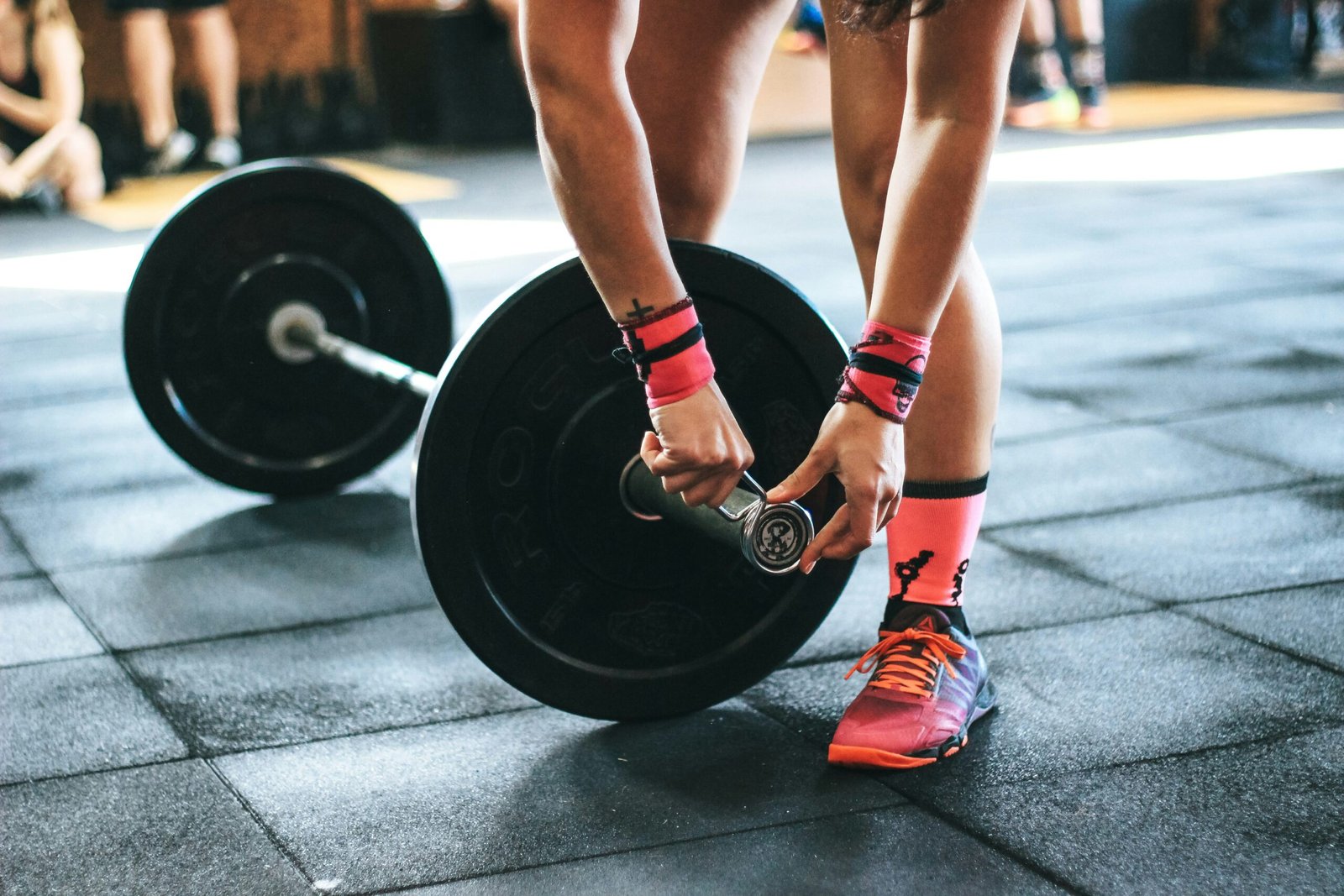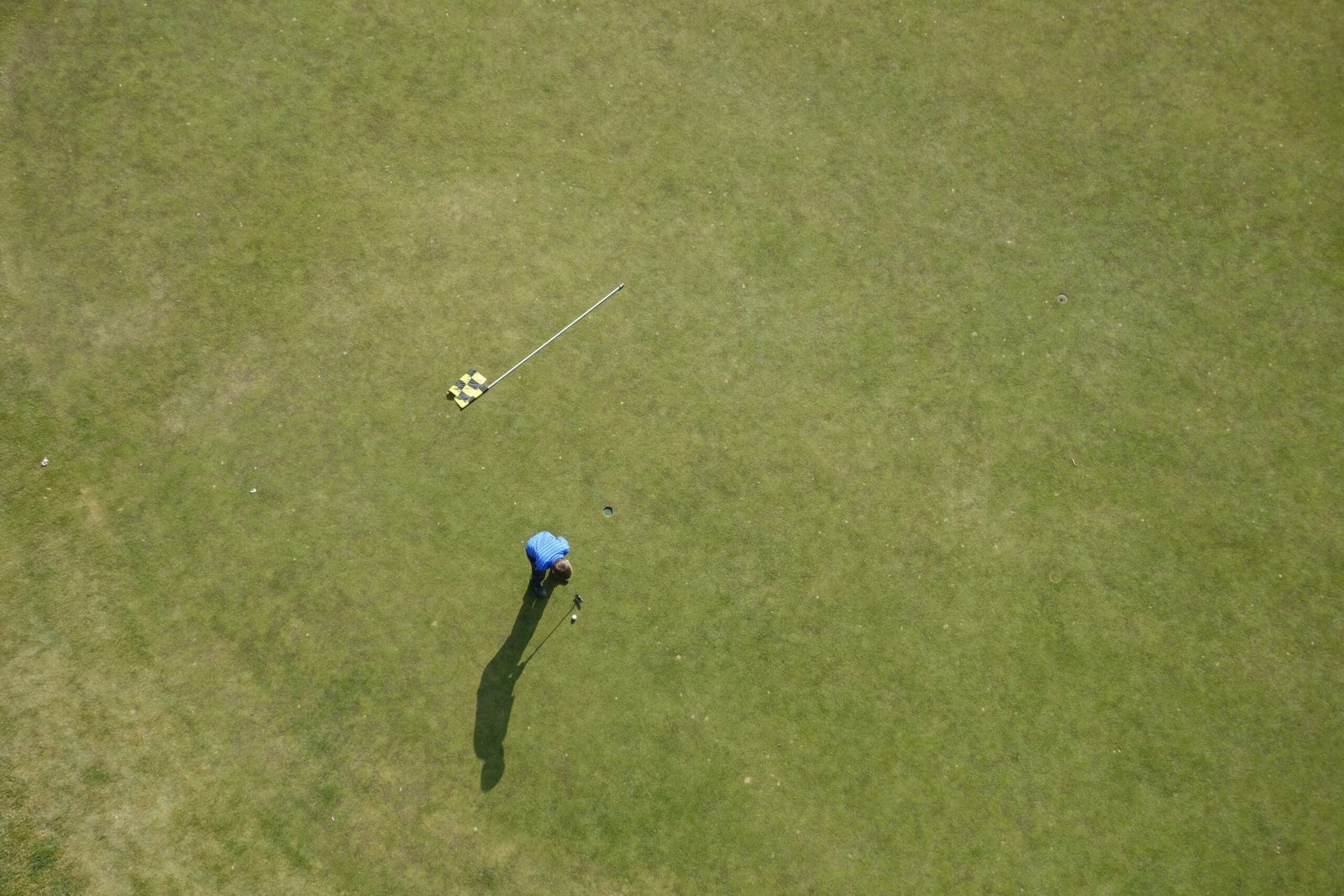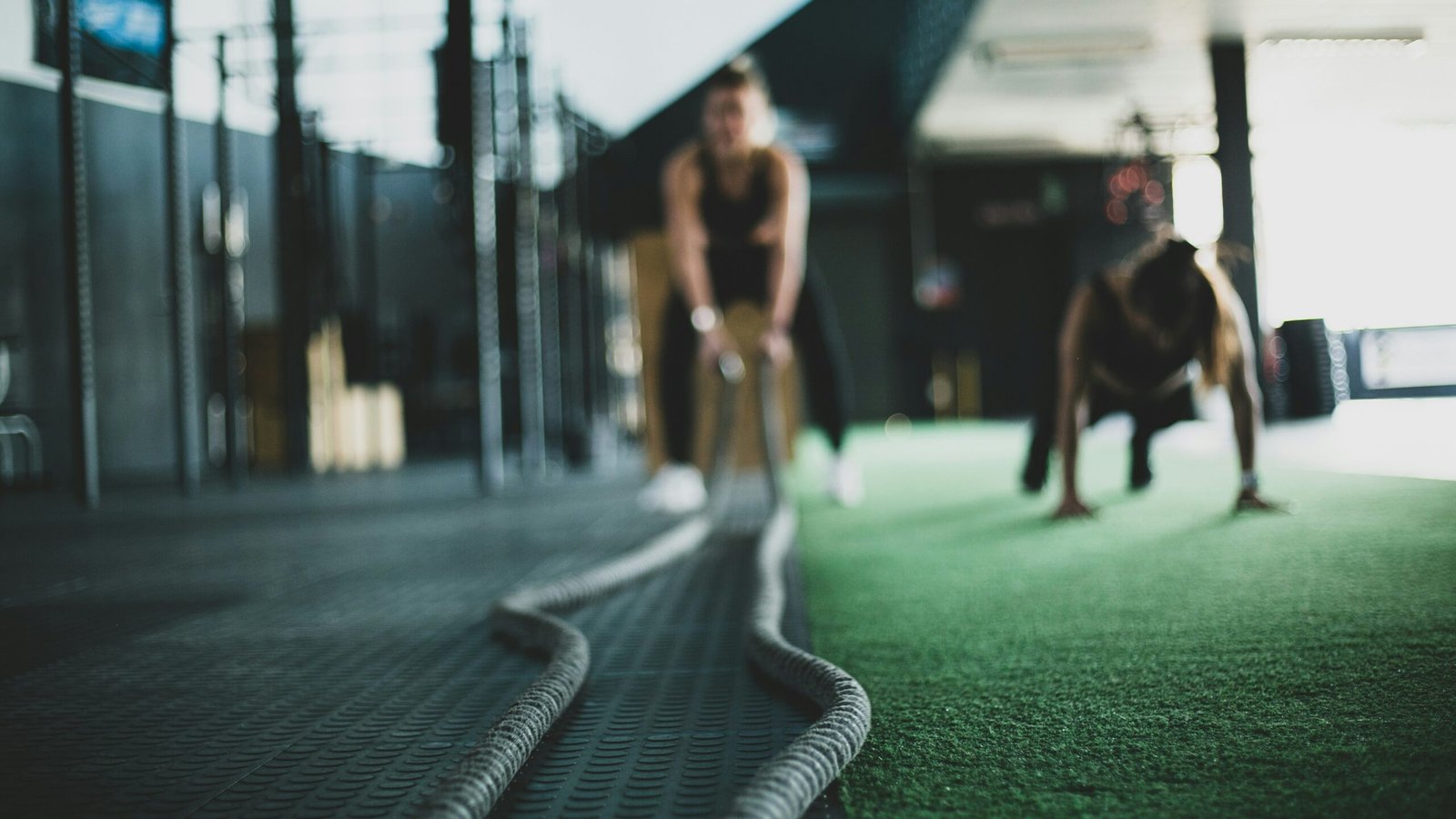Introduction to Biomechanics in Golf
Biomechanics, the interdisciplinary field that applies principles of mechanics to the human body, plays a pivotal role in optimizing sports performance, including golf. Through the study of biomechanics, one can analyze the movements and forces involved in the golf swing, leading to a deeper understanding of how to enhance technique and efficiency. In golf, where precision and consistency are crucial, biomechanics provides insights into the physical dynamics that drive an effective swing.
The application of biomechanics in golf encompasses the evaluation of various components such as posture, grip, and swing mechanics. By examining these elements, golfers can identify strengths and areas for improvement in their technique, ultimately leading to more effective club performance and trajectory control. For instance, understanding how the body’s different segments move in relation to one another can reveal the importance of kinetic linking—the coordinated motion from the ground up—that influences distance and accuracy.
Moreover, biomechanics also factors in the interaction between the golfer and their equipment, particularly the club. The variances in weight distribution, shaft flexibility, and clubhead design can affect how a golfer swings. Therefore, personalized adjustments based on biomechanical analysis can contribute significantly to enhancing performance. By focusing on the synergy between body mechanics and golf equipment, players can tailor their swings for optimal results.
In summary, biomechanics stands as a foundational element in the pursuit of excellence in golf. By leveraging the principles of biomechanics, golfers can not only improve their swing mechanics but also develop a more nuanced understanding of the physical demands of the game. This knowledge serves as a critical tool for any golfer aiming to refine their skills and maximize their potential on the course.
Understanding the Golf Swing Mechanics
The golf swing is a complex motion that involves several critical components functioning in harmony. By dissecting these components into distinct phases—takeaway, backswing, downswing, impact, and follow-through—one can gain a comprehensive understanding of the mechanics that contribute to an effective swing.
The first phase, the takeaway, initiates the swing and is vital for setting the tone for the entire motion. During this phase, the golfer must maintain a steady posture while smoothly moving the club away from the ball. A proper takeaway helps ensure that the subsequent backswing is optimized, as it allows for a better wrist hinge and ultimately a more powerful swing. The importance of maintaining balance throughout this first phase cannot be overstated, as it provides the foundation for the rest of the swing.
Transitioning into the backswing, it is essential to rotate the shoulders and hips effectively while keeping the arms extended. This phase stores potential energy that is crucial for an explosive downswing. A well-executed backswing culminates in a position where the club is parallel to the ground, signaling an optimal angle for the upcoming sequence.
As the club descends in the downswing phase, the focus should shift toward generating speed and accuracy through the hips and legs. Proper mechanics during this phase can significantly affect the impact position, where the clubface meets the ball. Achieving a square clubface at impact is crucial for ensuring that the ball travels in the intended direction.
Finally, the follow-through serves not only as the concluding phase of the swing but also reflects the quality of the preceding movements. A complete follow-through demonstrates balance and control, suggesting that the golfer effectively transferred energy throughout the swing. By understanding and mastering these phases, golfers can refine their swings, leading to improved performance on the course.
Key Biomechanical Principles Affecting the Swing
Understanding the biomechanics of the golf swing is essential for any golfer seeking to improve their performance. Several key principles govern how the body functions during a swing, each contributing to the overall efficiency and power of the motion. One primary component is force production, which involves generating the necessary power to propel the ball down the fairway. During the swing, different muscle groups must work in harmony to produce the ideal force, ensuring that energy is transferred efficiently from the ground up through the body and into the club.
Another critical aspect of biomechanics in golf is body movement coordination. This principle emphasizes the need for synchronized movements throughout the swing. For instance, the upper and lower body must work together sequentially; the hips initiate the downswing, followed by the torso and, ultimately, the arms. This coordinated motion allows golfers to achieve optimal swing speed and consistency. Furthermore, proper timing in these movements can contribute significantly to performance, as any misalignment can lead to a less effective swing.
Balance is yet another fundamental principle affecting the golf swing. A golfer’s ability to maintain balance throughout the swing is essential for generating maximum power while minimizing the risk of injury. Effective weight distribution allows a golfer to remain stable, particularly during the transition phase between backswing and downswing. Achieving this balance enhances control over the swing, leading to improved accuracy.
Finally, the center of gravity plays a crucial role in a golfer’s swing mechanics. The center of gravity varies depending on a golfer’s stance, grip, and body posture. Understanding how to position one’s center of gravity optimally can help in executing a more effective swing. By mastering these biomechanical principles—force production, body movement coordination, balance, and center of gravity—golfers can significantly enhance their swing efficiency, ultimately leading to better performance on the course.
The Role of Body Mechanics and Equipment Fit
The interplay between a golfer’s body mechanics and the equipment they use plays a crucial role in enhancing the efficiency of a golf swing. Each golfer possesses a unique physical structure, characterized by differences in posture, strength, flexibility, and overall biomechanics. These individual attributes significantly influence swing dynamics and impact the quality of a golfer’s performance on the course. Therefore, understanding these factors is essential in the quest for an effective golf swing.
Custom club fitting is an integral component of optimizing a golfer’s performance. A well-fitted club accommodates an individual’s specific physical characteristics, ensuring that its length, lie angle, grip size, and shaft flex match the player’s unique swing mechanics. When a golfer uses equipment tailored to their physiology, it enhances their ability to generate power and maintain control during the swing. This tailored fit reduces the risk of injury and improves the consistency of ball striking, ultimately leading to better overall performance.
In addition to club fitting, a golfer’s body mechanics—such as how they rotate their hips, position their arms, and transfer weight throughout the swing—should also be considered. Equipment designed to complement an athlete’s natural movements can significantly improve swing mechanics. For instance, a lightweight driver might enhance a player’s ability to generate clubhead speed, while a properly weighted iron can aid in maintaining balance and rhythm. Therefore, understanding the synergy between personal biomechanics and the right clubs can enable players to achieve better outcomes on the course, showcasing the importance of equipment fit in the sport of golf.
Injury Prevention through Biomechanics
Biomechanics plays a crucial role in the prevention of injuries commonly associated with golfing. A golf swing involves a complex series of movements, placing repetitive stress on various muscles and joints. Understanding the mechanics of these motions can greatly reduce the risk of injury. By analyzing the biomechanics of the golf swing, golfers can identify inefficient movements that lead to excessive strain, thereby allowing for the implementation of corrective strategies.
One of the primary areas of concern for golfers is the lower back, which is susceptible to injuries due to twists and turns during the swing. Proper biomechanics can help distribute the forces exerted on the body more evenly, thus minimizing localized strain. Conditioning exercises focusing on core stability strengthen the muscles supporting the spine, leading to improved swing mechanics and decreased injury risk. Additionally, techniques such as flexibility training can enhance the range of motion, allowing for a more controlled and fluid swing.
Another critical aspect of injury prevention through biomechanics is the swing plane. A well-optimized swing plane reduces unnecessary movements that may lead to sore shoulders, elbows, and wrists. Golfers are encouraged to work with instructors who can offer biomechanical assessments to ensure that their stance, grip, and overall swing mechanics promote efficiency and decrease the likelihood of injury. Implementing such assessments can also identify and rectify any imbalances or weaknesses that could predispose a golfer to common injuries like tendonitis or golfer’s elbow.
Incorporating biomechanics into golf training not only serves to prevent injuries but also aids in enhancing performance. By focusing on the mechanics of their swing, golfers can improve their consistency and power. Therefore, adopting a biomechanical approach is invaluable not only for injury prevention but also for optimizing one’s overall golfing experience.
The Importance of Strength and Flexibility Training
Biomechanics plays a crucial role in optimizing a golfer’s swing, and the foundational components of strength and flexibility training cannot be overlooked. Both attributes significantly influence a golfer’s performance, as they contribute to a more controlled, powerful, and efficient swing. Strength training enhances the ability to generate and withstand forces during a swing, while flexibility ensures that the body can achieve optimal positions without strain or injury.
To improve strength, golfers should focus on exercises that target key muscle groups involved in the golf swing, such as the core, legs, shoulders, and back. Resistance training, including weight lifting and bodyweight exercises, can bolster muscle strength and endurance. For instance, squats, lunges, and deadlifts strengthen the lower body, while exercises like bench presses and rows enhance upper body strength. Engaging in these forms of resistance training not only improves muscle capacity but also reinforces the body’s stability throughout the swing.
Flexibility, on the other hand, is just as essential, allowing golfers to achieve a full range of motion. Stretching exercises aimed at improving flexibility can help prevent injuries and enhance performance. Dynamic stretching routines before practice or play can effectively warm up the muscles, while static stretching post-session promotes recovery and reduces stiffness. Key stretches should focus on the hips, torso, and shoulders to ensure that golfers can rotate efficiently and maintain balance throughout their swing.
Incorporating both strength and flexibility training into regular practice will yield significant benefits in terms of swing mechanics. Golfers who prioritize their physical conditioning can unlock the potential for a smoother and more consistent swing, leading to improved overall performance on the course. Thus, focusing on these elements as a part of a comprehensive training regimen becomes paramount for aspiring golfers seeking to enhance their game.
Using Technology to Analyze Biomechanics
In recent years, advancements in technology have significantly transformed the way golf biomechanics are analyzed, allowing players and coaches to gain deeper insights into their performance. One of the most effective tools utilized in this process is motion capture systems. These systems use high-speed cameras to record the player’s movements during a swing, capturing the nuances of their form and technique. By analyzing the recorded movements, coaches can identify areas for improvement, such as inconsistent body alignment or improper weight transfer, thus optimizing the player’s swing mechanics.
Another essential technology in the analysis of golf biomechanics is the force plate. This sophisticated equipment measures the ground reaction forces exerted by the player’s feet during the swing. By observing how these forces change throughout the swing phase, coaches can provide valuable feedback on balance, weight shifting, and overall stability. Understanding the interaction between the golfer and the ground is crucial for developing an efficient swing that maximizes power while minimizing the risk of injury.
Furthermore, swing analysis software plays a pivotal role in refining biomechanical performance. This software utilizes data derived from motion capture systems and force plates to create detailed visualizations of the golfer’s swing. By breaking down the swing into specific components, players can see not only their strengths but also the critical areas needing improvement. The software often includes features such as 2D and 3D rendering, allowing players to visualize their performance from various angles. The combination of these technologies provides a comprehensive toolset for achieving a biomechanically efficient golf swing.
Collectively, the integration of motion capture systems, force plates, and swing analysis software empowers both players and coaches to make informed decisions aimed at enhancing golf performance. By leveraging these technologies, one can ensure a thorough understanding of individual biomechanics, ultimately leading to a more perfected swing.
Case Studies of Successful Application of Biomechanics
The integration of biomechanics into golf training has shown promising results through various case studies involving professional and amateur golfers. One notable example is the case of a professional golfer who, prior to employing biomechanical techniques, struggled with consistent ball striking. By analyzing his swing motion using high-speed cameras and motion capture technology, coaches identified inefficiencies in his shoulder rotation and hip engagement. These insights prompted a tailored training program focusing on flexibility and strength exercises, aimed at improving his swing mechanics. As a result, he recorded a 15% increase in driving distance and significantly improved his accuracy on the course.
Another case involves an amateur golfer who desired to lower his handicap. By utilizing biomechanical principles, he received guidance on his grip pressure and stance during the address. The intervention not only involved physical adjustments but also the implementation of video analysis to provide visual feedback. After consistently practicing the recommended changes, he experienced enhanced consistency in his swing path and impact position. Consequently, he achieved a notable reduction in his handicap over a span of just a few months, underscoring the efficacy of biomechanical applications in practical settings.
These case studies highlight that biomechanics is not solely for elites; golfers of all skill levels can benefit. By embracing assessment tools such as motion analysis and focusing on physical conditioning specific to golf, players can realize substantial improvements. Moreover, the insights derived from thorough biomechanical evaluations can inform personalized training regimens that facilitate both performance enhancements and injury prevention. As more golfers observe the tangible outcomes stemming from biomechanical insights, it becomes evident that the role of biomechanics in golf goes beyond theory; it is a practical approach that can lead to significant improvements on the golf course.
Conclusion: The Future of Biomechanics in Golf Training
In recent years, the importance of biomechanics in enhancing athletic performance has gained significant recognition, particularly within the realm of golf. As highlighted throughout this blog post, understanding the mechanics of the golf swing enables players to refine their techniques and improve their game. The integration of advanced technologies, such as motion capture systems and dynamic analysis, has revolutionized the way golfers assess their movements, allowing for a more precise approach to instruction and practice.
Moving forward, we can anticipate a growing emphasis on the application of biomechanical principles in golf training. Innovations in wearable technology, such as smart sensors and fitness trackers, are likely to provide athletes with real-time feedback on their physical performance during practice sessions. This data-driven approach will empower golfers to make informed adjustments, substantially increasing efficiency in their training regimens. It also suggests a future where personalized coaching becomes more prevalent, tailored to each golfer’s unique biomechanics.
Furthermore, research within the field continues to evolve, promising novel insights into the physical demands of golf. As the understanding of human movement and its effects on performance deepens, golfers can expect to see more individualized training strategies that consider both the physical and psychological components of the game. The collaboration between biomechanics researchers and golf instructors will not only refine teaching methodologies but also ensure golfers minimize their risk of injury through safer practices.
In summary, the future of biomechanics in golf training holds immense potential. As advancements continue to flourish, golfers will benefit from improved techniques, optimized performance, and enhanced overall enjoyment of the game. Embracing these changes will be crucial for those looking to elevate their golfing experience and achieve their performance goals.







